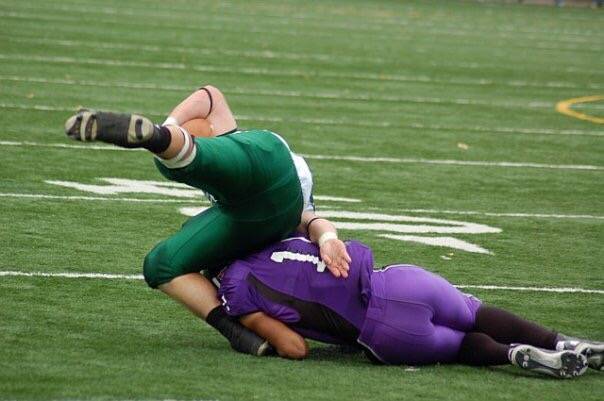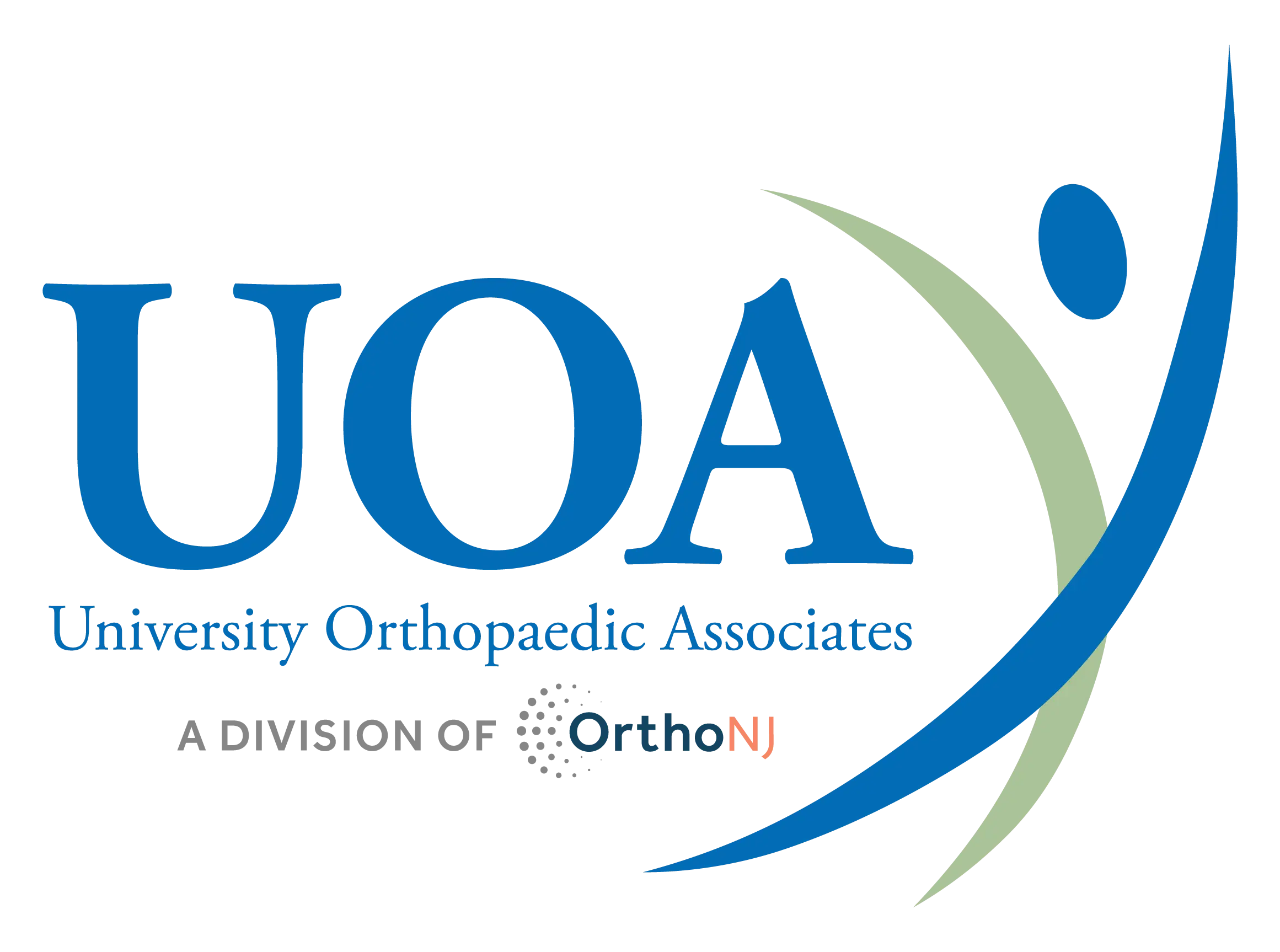Conservative Management of High Ankle Sprains; A Twenty Year Follow Up Study


Ongoing Studies
Rutgers IRB: PRO2021002151
Primary Investigator: Dr. Charles J. Gatt, Jr, MD
TITLE OF STUDY: Conservative Management of High Ankle Sprains; A Twenty Year Follow Up Study
Purpose/Specific Aims:
To determine the impact of a standardized, conservative treatment protocol for the management of “High Ankle Sprain” (HAS) on the well-being of former athletes who suffered a HAS twenty years later.
Objectives:
Determine the long-term impact of conservative treatment for HAS on the long term function of athletes who suffer a HAS.
Hypotheses:
Patients who have suffered a HAS, and who underwent a standardized treatment and rehabilitation program, will express abnormal ankle function as measured by patient reported outcome measures (SEFAS, PROMIS-10, SANE) and note advanced osteoarthritis of the ankle, as measured on Xray at >15 years after injury.
Research Questions:
- What is the long term impact of High Ankle Sprain(HAS) that was treated conservatively with standardized rehabilitation program on ankle function?
- How satisfied are patients who have suffered a HAS and who were treated conservatively with a standardized rehabilitation approach, with their current daily ankle function less than 15 years following injury?
- What is the long-term incidence of Osteoarthritis in ankles that have suffered a HAS and who were treated conservatively?

Research Significance:
High ankle sprains (HAS) involve non-fracture related injury to the ankle syndesmosis HAS are reported to occur in 20%-75% of all ankle sprains in the athletic population. HAS result in functional disability, chronic pain, an increased incidence of recurrent ankle sprain, and require more treatment vs lateral ankle sprains. HAS can result in long-term disability and early onset of osteoarthritis. These injuries are generally treated conservatively with immobilization, but more recent treatment recommendations include ankle arthroscopy and the use of a “tight rope”, suture tape or transcortical screw to stabilize the ankle syndesmosis. Surgical management often results in decreased motion, heterotopic ossification of the interosseus membrane, syndesmotic ligaments which can further impact function. Long-term follow-up of HAS injuries is lacking from the existing literature and findings from this study may impact the appropriate acute management of HAS for future patients.
Study Coordinator: Eric Nussbaum, ericn@ugonj.com, 908-300-5833

